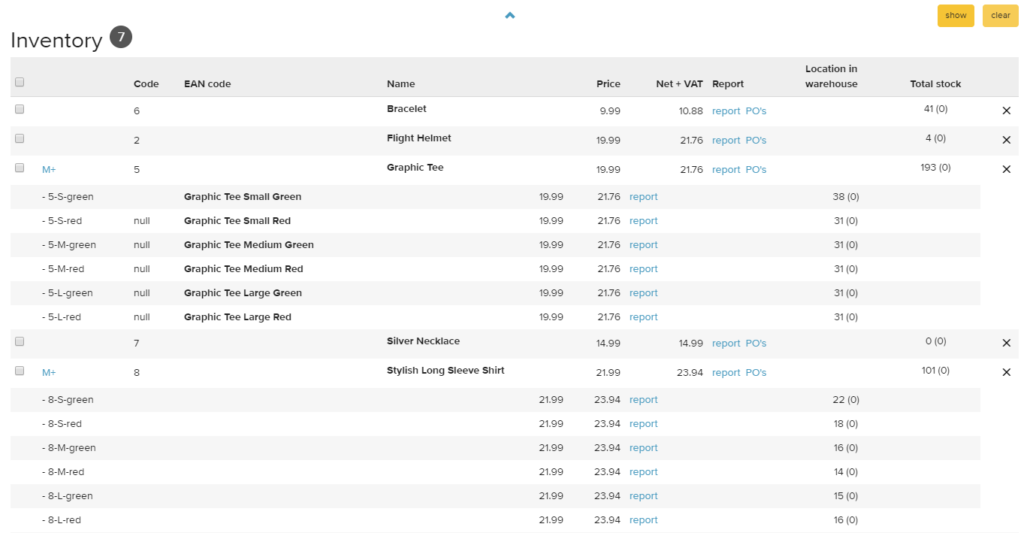The truth is that, despite the uncertainty that’s loomed over traditional shopping, the concept of a retail apocalypse can’t be further from the truth. In fact, brick-and-mortar retailers experienced a massive increase in sales over the fourth quarter of 2017, making it the most profitable holiday season since 2011.
The Future of Retail Stores
There’s no denying that online retailers have increased their market share over the past year, but that doesn’t necessarily mean that brick-and-mortar stores are under threat. Instead of an apocalypse, what traditional retailers are seeing is a change in customer’s needs and expectations. And in order for these businesses to keep up with online shopping, they first need to change the way conduct their day-to-day business. For some big box retailers, the solution to this problem is to expand their online presence to compete with e-commerce. While other companies have explored a number of ways to keep customers coming back to brick-and-mortar stores.
One of the more popular strategies has been pop-up shops. These temporary stores, typically located in high-traffic areas, have been great for boosting revenue and generating buzz. The success of pop-up shops can be attributed to their exclusive nature. Unlike brick-and-mortar stores that operate year round, most pop-up shops exist anywhere from one day to a week. And best of all, pop-up shops are an excellent marketing strategy due to the fact that they creating a burst in sales while also increasing awareness of the retailer’s permanent stores.
Some other successful strategies retailer stores are adopting include:
In-store deliveries
: Customers can order products online and have it shipped to their closest store, where they can collect their purchases at their convenience.
Specials and exclusive items:
Some big-box retailers that provide online and in-store services have increased their brick-and-mortar sales by only selling some popular items in-store. Others have offered promotions and special discounts that only apply to items bought at physical stores.

With Erply you can quickly create a promotion that's exclusive to one store.
Experiential retail:
Instead of just selling merchandise, retailers create a shopping environment that provides an experience that isn’t available online. This can come in the form of treadmills that map your feet and help you pick the best running shoe, or augmented reality devices that use computer-generated images to let customers see how various clothes and jewelry would look on them.
Classes and workshops:
Some retailers host classes as a way to teach customers how to get the most use out of various products. Not only does this help generate more interest in specific brands or products, it also creates an environment where the customer plays an active role in the retail experience. This strategy has been especially popular for makeup retailers and hardware shops.
Interactive storefronts:
Designed to appeal to the customers who prefer an in-and-out shopping experience, interactive displays give shoppers the opportunity to browse a store’s inventory on a touchscreen device instead of searching for a sales associate or searching through the store.
Increased curb appeal:
While not a new strategy, curb appeal has always been an important part of retail. Most customers want to shop at stores that are tidy, look nice, and are well maintained.
Not a Retail Apocalypse, but Rather a Retail Evolution
No matter how efficient online shopping becomes, there will always be a need for brick-and-mortar retailers. Even when same-day delivery becomes the norm for online retailers, there’s still one advantage that traditional retailers have over e-commerce: instant gratification.According to a consumer study conducted by Retail Dive, nearly half the people surveyed admitted that they prefer brick-and-mortar stores simply because they don’t want to wait to have an item delivered. Moreover, 62% of the customers surveyed admitted that they prefer the experience of going to a store and looking around over ordering products from home.
Another advantage for traditional retailers is their in-store inventory. There are a number of customers who prefer to examine products in-person before buying them – especially with clothes.

Erply helps retailers to manage their inventory and ensure that they always have best-selling items in stock to drive traffic and keep customers coming back.
Ultimately, the success of brick-and-mortar retail depends largely on how they’re managing their company. These days, there are an equal amount of customers who prefer convenience over instant gratification.In today’s retail market, the best way a physical store can fulfill both of those needs is by coming up with ways to make in-store shopping stress-free and enjoyable. That means coming up with ways to improve customer service and reduce unnecessary time wasted in the shop.
Interestingly enough, some retailers are toying around with no-checkout stores as a way to make in-person shopping more convenient. Whether it will pay off in the long run or not, the fact of the matter is that most people want convenience as much as they want instant gratification and successful retailers will be the ones able to provide the best of both worlds.
Keep Your Customers Coming Back With the Right Retail Software
Thanks to retail software solutions like Erply, maximizing customer engagement and creating a marketing plan that boosts in-store purchases is easier than ever.Erply includes a built-in customer relationship management (CRM) tool. This feature allows retailers to create customer personas and track sales metrics and compare them to various demographics to ensure that stores are stocked with the right inventory at all times.
This feature also makes rolling out incentives like discounts and loyalty programs easier. With Erply, retailers are able to track customer information, including contact details and social media usernames, making it quick and convenient to roll out personalized promotions.
If you’d like to learn more about Erply and how it can transform your business, get in touch with us.